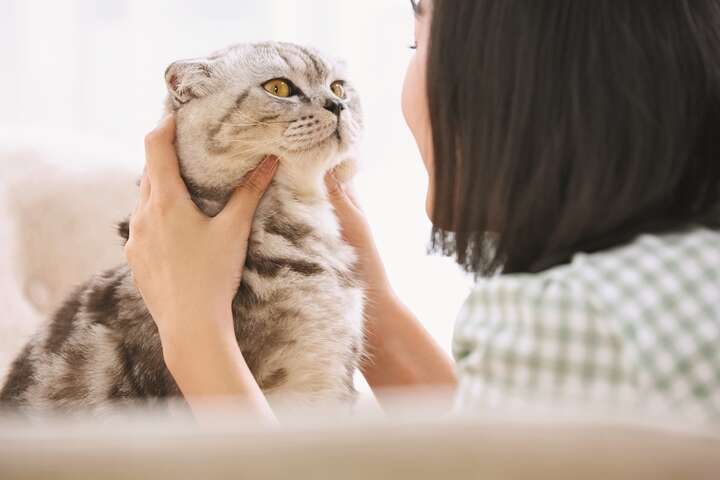Author/ Jenna Lynn Cody
Photographer/ xFrame Official, Pet Buddy Cat Behavior Consultation and Training, Taiwan Scene
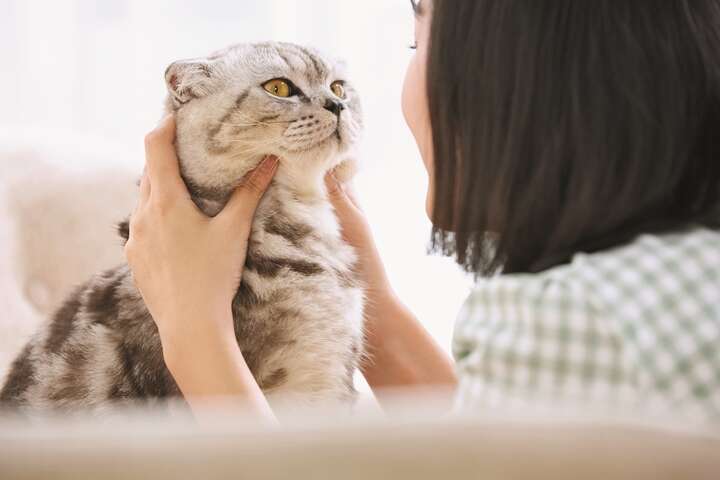
In Taiwan, the relationship between cats and humans has evolved over the centuries. Many shop owners often keep cats as mouse-hunters to avoid mice approaching their umami-rich dry goods or medicinal ingredients, and beliefs that cats are psychic or that their tails may bring bad luck are starting to give way. What’s more, becoming “cat parents” has gradually become much more common. This change has created a need for cat trainers and behaviorists to help cat parents communicate harmoniously with their “cat children.”
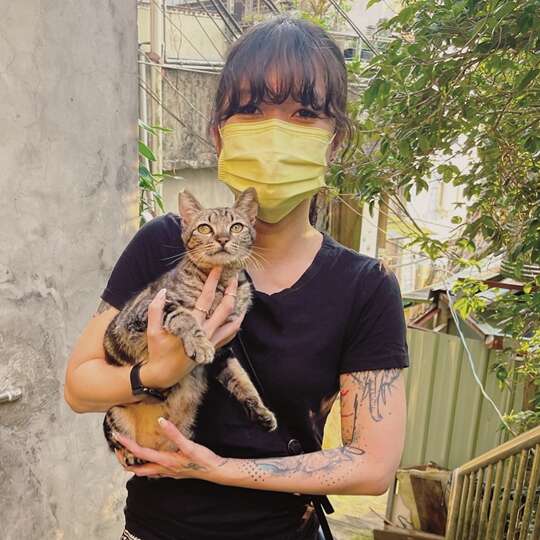
To better understand the art of “cat whispering” in Taipei, we spoke with Jill Su (蘇渝婷), the first cat behavior consultant in Taiwan to achieve “Elite Fear Free Certified Professional (FFCP),” status after undergoing the Canadian Companion Animal Sciences Institute (CASI) feline behavior science training and becoming a member of the Association of Animal Behavior Professionals (AABP). With over 20 years of experience, she is the founder of Pet Buddy Cat Behavior Consultation and Training (貼心毛寶-貓行為諮商與訓練).
What Does a Cat Whisperer Do?
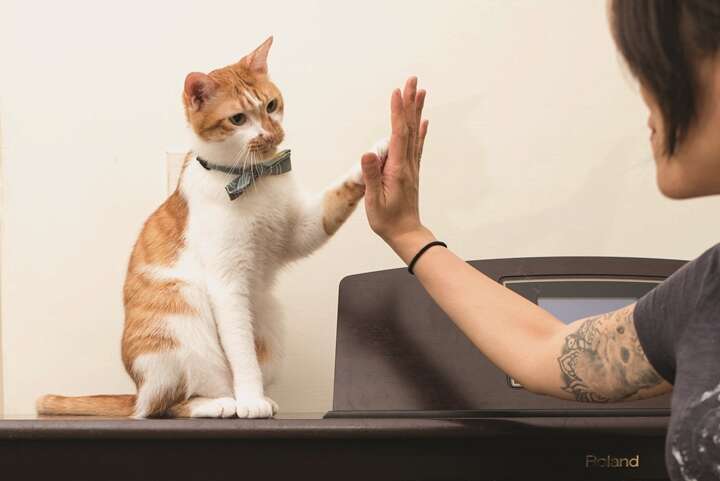
If your cat is doing something you don’t want it to do, like peeing around the house or scratching furniture, a cat behavior consultant can help figure out what’s going on. Jill determines the cat’s mood and needs, but her method is a little different; she works with cat parents online rather than going to the home.
For instance, if the cat is crying a lot or biting during the interview, she’ll ask if that’s the problem a client wants help with, and have the client show her the cat via the camera. Following that is a discussion on what’s perplexing the cat parents, what the cat’s needs are, and what can be adjusted to meet them.
“Often the issue isn’t the cat,” Jill says. “The problem may not be what the cat parents imagined, so I help them understand and solve it.”
Perhaps the cat and parents may have a misalignment of personalities, or there’s a misunderstanding. The cat may not actually be fierce or mean, and parents may be able to adjust feeding or interaction, or enrich the cat’s environment.
The Journey Begins

The career of a cat behavior consultant begins with a feline problem child and a cat parent — Jill herself. “When I was young, I had a cat who had a lot of problems — he would bite people or wake me up at six o’clock in the morning. So, I would search for solutions, but at that time we didn’t have Google, and it seemed Taiwan had very few experts in this area.”
“There weren’t many books, either,” she continues. “When I’d buy books, they’d usually be about veterinary medicine, tending a cat’s claws, or cat breeds. They didn’t teach you what to do when a cat was ill-behaved, so I tried to handle it myself.”
In adulthood, Jill continued to raise cats, but would still encounter problems, such as cats peeing outside the litter box or having a deep fear of leaving the house. She attended a course through the IAABC (International Association of Animal Behavior Consultants) to learn how to handle these issues. Sharing these experiences with her friends, she learned that there was a lot of interest in cat behavior therapy, and a need for these services in Taiwan.
Creating a Harmonious Life with Your Cat
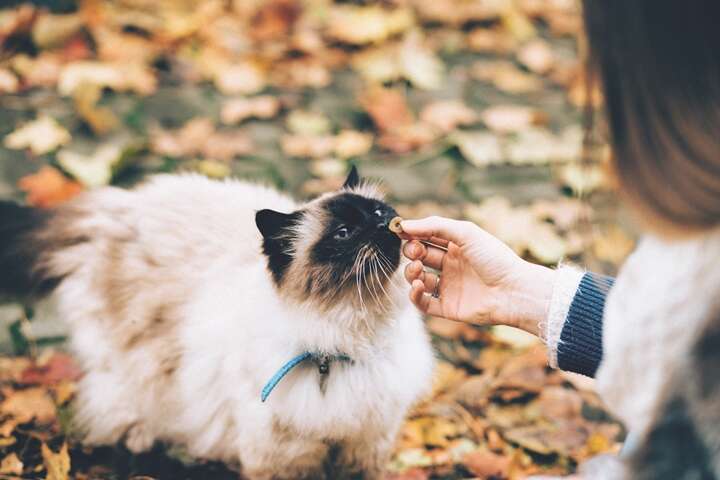
Modern cat parents have been caring more for their fur babies’ mental health needs in recent years. According to Jill, many couples who plan to live child-free tend to keep pets instead. “They love their cats just like their kids, hence the quality of life for their cats matters, too.”
With families with cats increasing, issues with pets are getting more and more common. Jill recalls one of her client’s cases, where two cats could not get along even after the owner took a class to become a trainer. Eventually, one cat was sent to her friend’s home.
To Jill, however, the problem wasn’t just about the cat who was sent away. “We trained the remaining cat together,” Jill says. From food, to the environment, to the cats’ individual personalities, the reasons causing the conflict might vary. As a cat behavior consultant, however, the final goal is always to help the owners create a place where cats feel comfortable and relaxed. “When that cat was ready, we brought the other one back and re-introduced them. Last week was the first time after a month and a half that the cats had gotten along together. It was so touching; we could have given up and separated them, but now they live together in peace.”
When figuring out what a cat needs, there are some triggers that can cause behavior to get worse, as it can initiate a cat’s instinctive fight-or-flight response. Perhaps some movement or noise a cat parent makes can be frightening, or the cat may get stressed if another cat is too close. A cat behavior consultant figures out what those triggers are and finds ways to remove the trigger or redirect the cat’s aggression.
Jill says the biggest challenge in her work is to get the cat parents to open their eyes and get over any biases they may have in order to communicate with their cats. “The cat parents can tell me what is going on, but it may not be the whole story,” she adds. “This is why I have them turn on the camera: to see the real situation. Sometimes the biggest issue is the cat parents, not the cat. Often, we’re really training the cat mom or dad!”
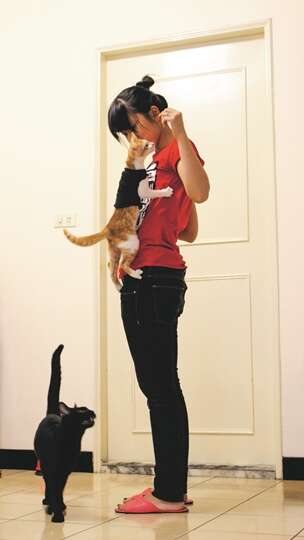
In another example, a cat parent of about 30 years was having trouble with his current cat, a very picky eater. “He thought people could just feed cats one thing, but cats aren’t always like that. Some people think the cats are happy with the same food for years, but the cats don’t agree,” Jill notes.
To ensure a harmonious home life with your cats, there are many ways to improve your cat’s environment, many of which are related to food. Be careful what you feed your cat, and offer them a diverse array of options. Watch the timing and proportion of the food, and wash their bowls daily. More generally, watch their habits and see what they do or don’t like.
“If they’re not happy they might become very picky, overgroom, or start eating foreign objects such as plastic or headphones, or chewing on furniture. This can be very dangerous. If they eat a piece of yarn and there’s a needle at the end, it can be fatal,” Jill says.
From Pets to Strays
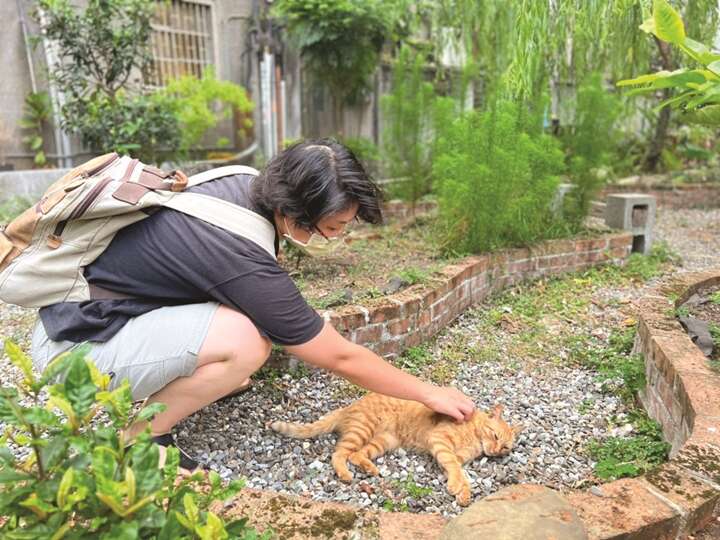
In recent years, Taipei has seen a decrease in the number of stray cats. One key to this has been the TCCP (Taipei Cat Care Programme, 台北市街貓友善照護行動方案) launched by the Taipei City Animal Protection Office (台北市動物保護處), and TNR (Trap Neuter Release) projects initiated by activists like Jill, who have been evolving local understanding of the issue.
According to Jill, local neighborhoods in Taipei are more willing to tackle this issue than they were before. “We’ve just successfully neutered about 50 cats in the mountains near my home, with the help of volunteers and the support of local residents,” she shares.
Stray rescue can be arduous, however. Jill recounts one of the cats living on a small hill that they wanted to trap and neuter. After seven tiring hours of waiting in the hot, mosquito-infested bushes, the cat came out when they were preparing to leave. “That orange little guy was really smart and knew what I was up to. So, he came out as I was leaving,” she says. “We’d tried to catch him, but he escaped. I realized he remembered. So, to get him to come out, I pretended I was leaving again.”
In addition, people understand now that strays need care, and more people are even willing to adopt older cats, whereas in the past most wanted younger cats and kittens.
“A lot of these strays are sick or have special needs, and I realized they needed care, too, so I founded an informal group for this,” Jill says. In Jill’s opinion, older cats are more stable, calm, and need love just like any kitten does.
Helping Cats in Taipei

For Taipei residents who want to adopt a cat, Jill also has some advice. If you have a cat already, and are coming from overseas, bring it with you; it’s best not to leave it behind or give it up. If you’re already in Taipei, and are looking to adopt, you can look online, go to a shelter in places such as Neihu (內湖) or Ruifang (瑞芳), or reach out to an NGO (Non-Governmental Organization). It’s better to adopt a cat who is two years or older, as their personalities will be more evident. “It’s better to know the cat’s personality first. A kitten is like a Kinder Egg, you never know what personality you’ll get. It’s a bit of a risk,” she says.
In fact, personality fit is a very important factor. Jill recommends that outgoing people who often have guests in their home not get a shy cat. If you aren’t prepared to offer a lot of time and attention, it’s best not to get a kitten.
It’s also important to consider a cat’s health. Shelter life is very basic, and an adopted cat may have health issues. It’s best to evaluate this in advance, so there are fewer surprises later and you can handle any health problems your cat may have.
However, if you only plan to be in Taiwan for a short time, and don’t want to bring the cat with you when you move back home or to parts elsewhere, Jill recommends not adopting, as re-homing can be traumatic for the cat. “Cats can live up to about 20 years, and you need to deal with that,” she says.
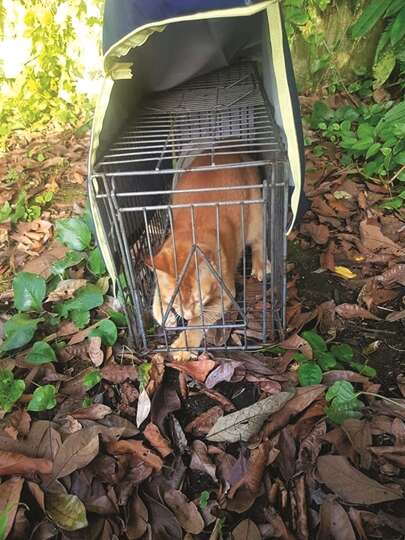
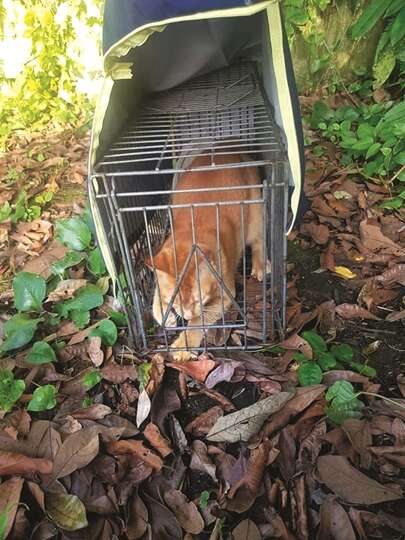
If adopting isn’t right for you, Jill points out that there are other options, saying, “You can volunteer at a shelter and training center where you can help clean the environment while spending time grooming, feeding and playing with rescued cats.” Taipei Stray Cats Protection Association (台北市流浪貓保護協會), where Jill has been volunteering since her youth, is always in need of extra hands for taking care of rescues, and offers a great chance to interact with cats young and old.
This article is reproduced under the permission of TAIPEI. Original content can be found on the website of Taipei Travel Net (www.travel.taipei/en).

